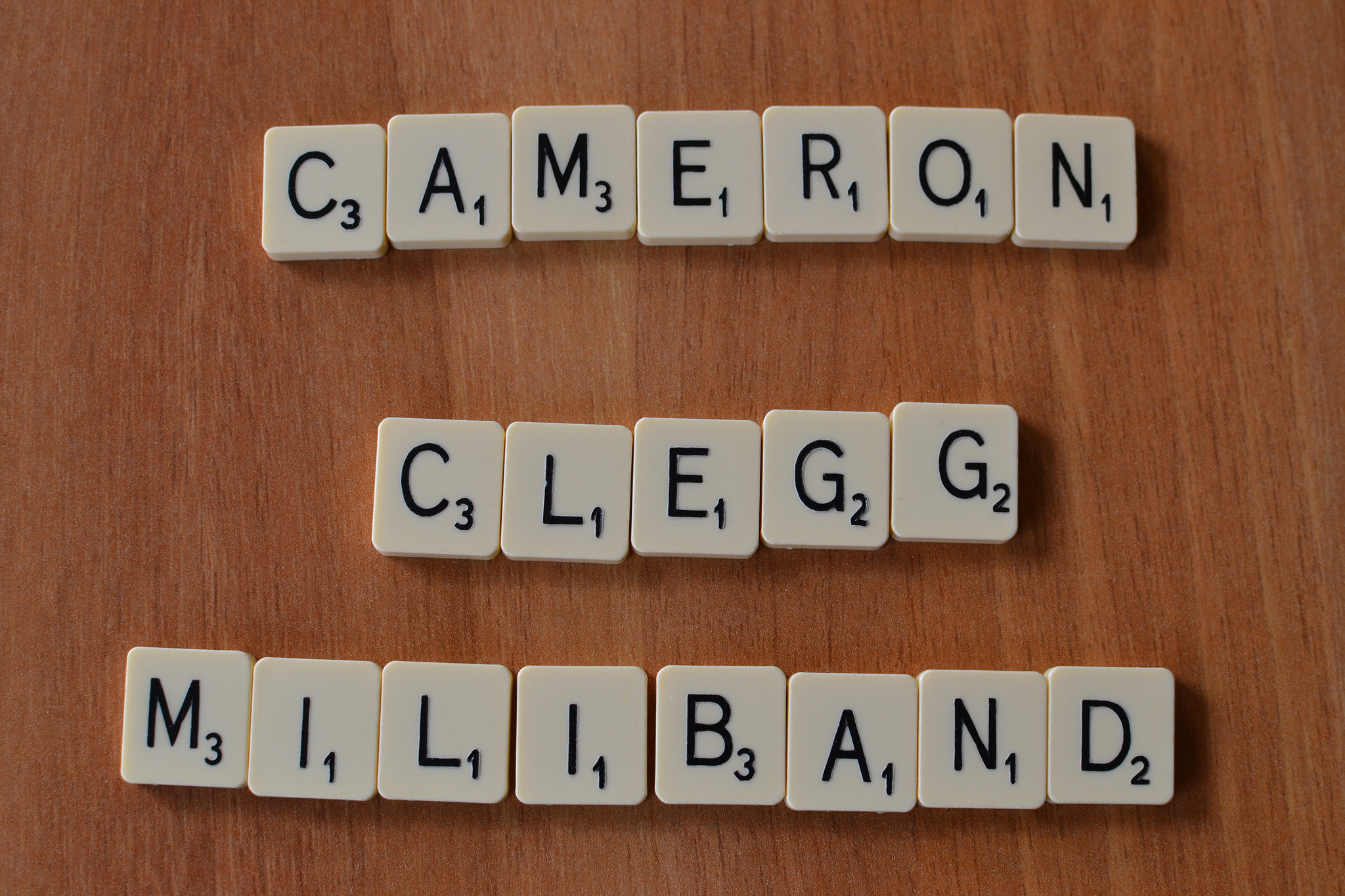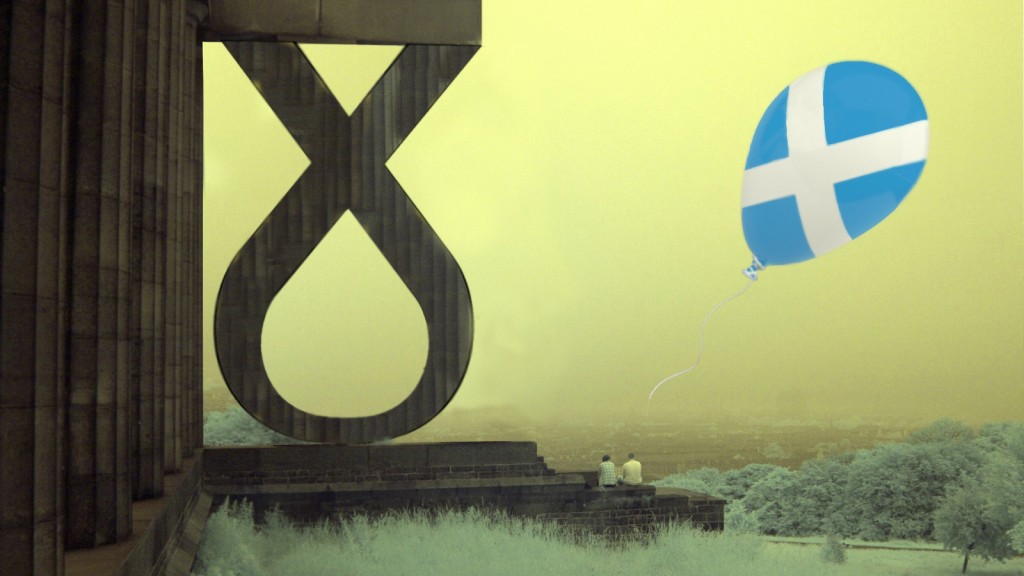By Aniruddha Ravishankar
I had the great privilege of spending an evening at the CCHQ, the Tory election headquarters in London last April. While everybody there wanted a Tory majority, few thought it was a realistic outcome. Fast-forward to Election Day and polls were predicting a hung parliament. Then, by lunchtime on the 8th of May, David Cameron was on his way to meet the Queen to form a Conservative majority government. What had just happened?
The choice in the election was between a Labour government and Conservative government, even if minor parties were making inroads. Last April, Labour looked more likely to cross the halfway mark, but the Scottish referendum in 2014 changed everything. There were many blog posts and articles asking what independence would mean for Labour’s chances of forming a government in Westminster. Almost nobody asked what would be the effect of a ‘No’ vote in the referendum would have on the 2015 General Election.
The failed referendum was a blessing in disguise for the Scottish Nationalist Party (SNP) who turned their attention from campaigning for independence to winning Scottish seats in the general election. The nationalist sentiment built up during the referendum campaign allowed the SNP to dictate the general election rhetoric. The absence of any meaningful devolution plan on the part of the Westminster parties (Labour, Liberal Democrats and Conservatives) only added ammunition to their firearm. Scottish Labour was in turmoil. Many of its voters had turned to SNP. A mix of nationalism and progressive policies gave the SNP a significant share of the popular vote (about 50%) that translated to seats in the First-past-the-post (FPTP) system: 56 out of 59 seats. Labour lost many of its heavyweights such as Douglas Alexander who lost to a 20-year old student.
The polls had rightly predicted Labour’s implosion in Scotland but failed to analyse the impact of this destruction north of the border on English seats. Losing a good chunk of Scottish seats made Labour majority virtually impossible. It didn’t make Conservative majority more likely but it did give the Conservatives a narrative from nowhere. Labour needed SNP to form a government, but the thought of SNP in government is anathema to English voters as the SNP, in addition to being more left wing than the median English voter, is also perceived as being anti-English. The effect on English marginal seats cannot be underestimated. While few people said they were going to vote Tory before the Election Day, they voted Tory at the polling station to avoid what they perceived to be the disturbing prospect of a Labour-SNP coalition that would borrow more, spend recklessly and undermine English interests.
This analysis bores well with data. Labour managed to wrestle just one Tory seat in England while, in three-way seats, Conservatives benefited from UKIP and Liberal democrat voters who voted tactically to keep a Labour-SNP coalition out. UKIP didn’t take as many votes from the Conservatives as expected because of this. The tactic worked brilliantly for the Conservatives who were able to show that not only was Ed Miliband a socialist leader by his own confession (and incompetent in their eyes), but also that he would need SNP MPs to form a government.
Where does Labour go from here? Many drew parallels to 1992 when the Conservatives won against all odds in similar fashion. Labour is hoping 2020 will be similar to the 1997 situationbut faces a dilemma. It risks losing some of Labour’s voters in England to the more left-wing Greens and almost definitely losing all hope of regaining any seat north of the border by moving to the center, and yet this seems the only logical solution,as Labour’s failure to attract Conservative voters was the reason for its loss in the elections. The alternative is unrealistic as Labour is unlikely to regain seats from the extremely popular SNP in Scotland by lurching leftward,s and might lose more seats in England. Conservatives moved to the centre to get into government, Labour would have to do the same. The dynamics in Scotland complicate Labour’s strategy, but New Labour 2.0 seems to be the way forward.
Featured Image Credit: Jeff Djevdet http://speedpropertybuyers.co.

